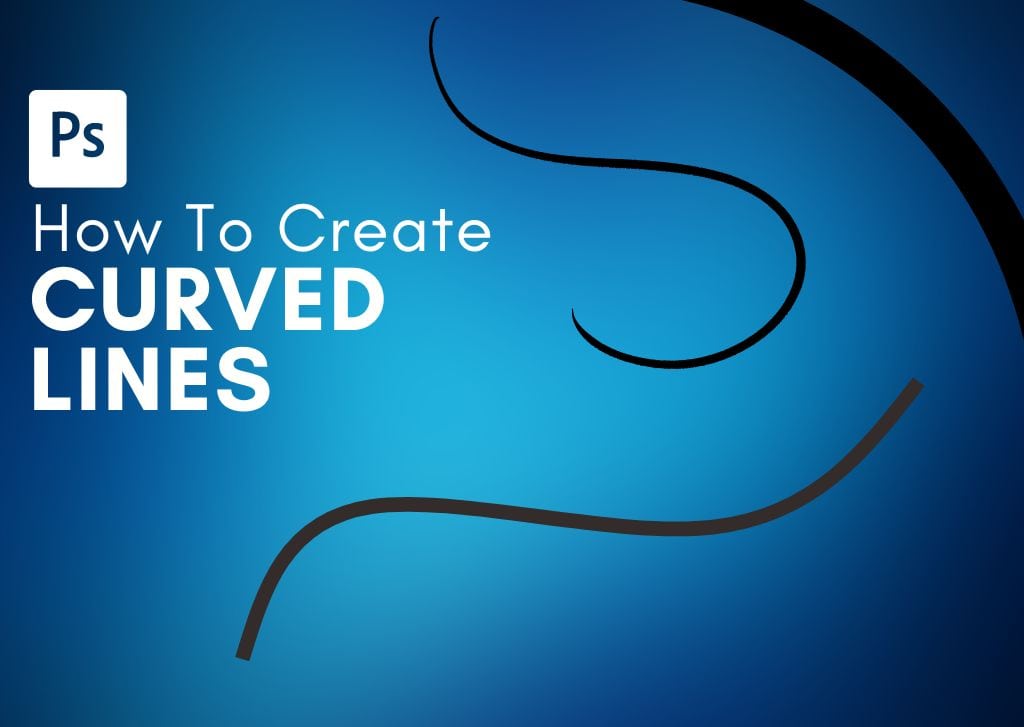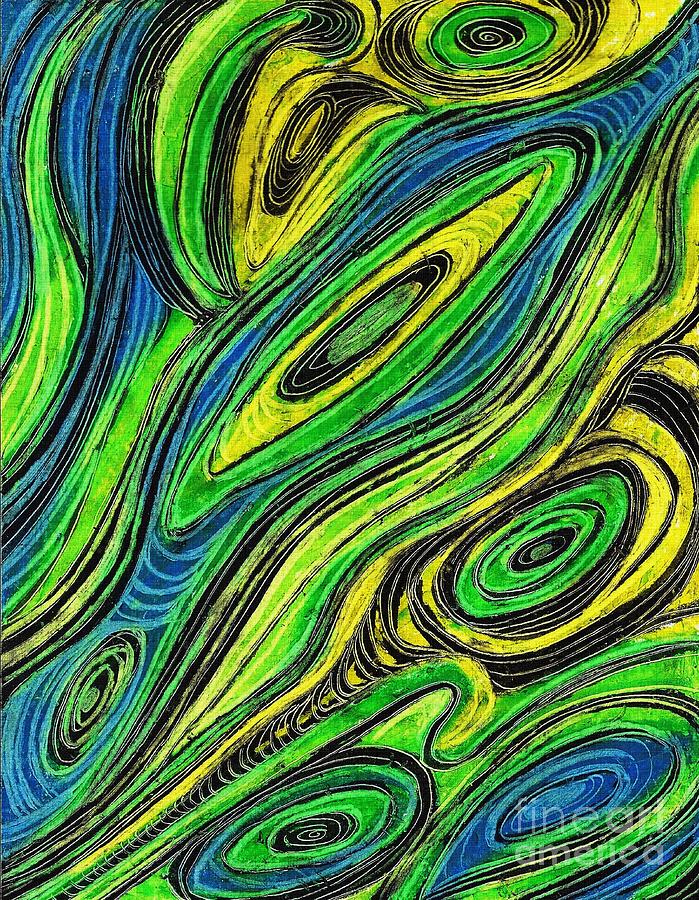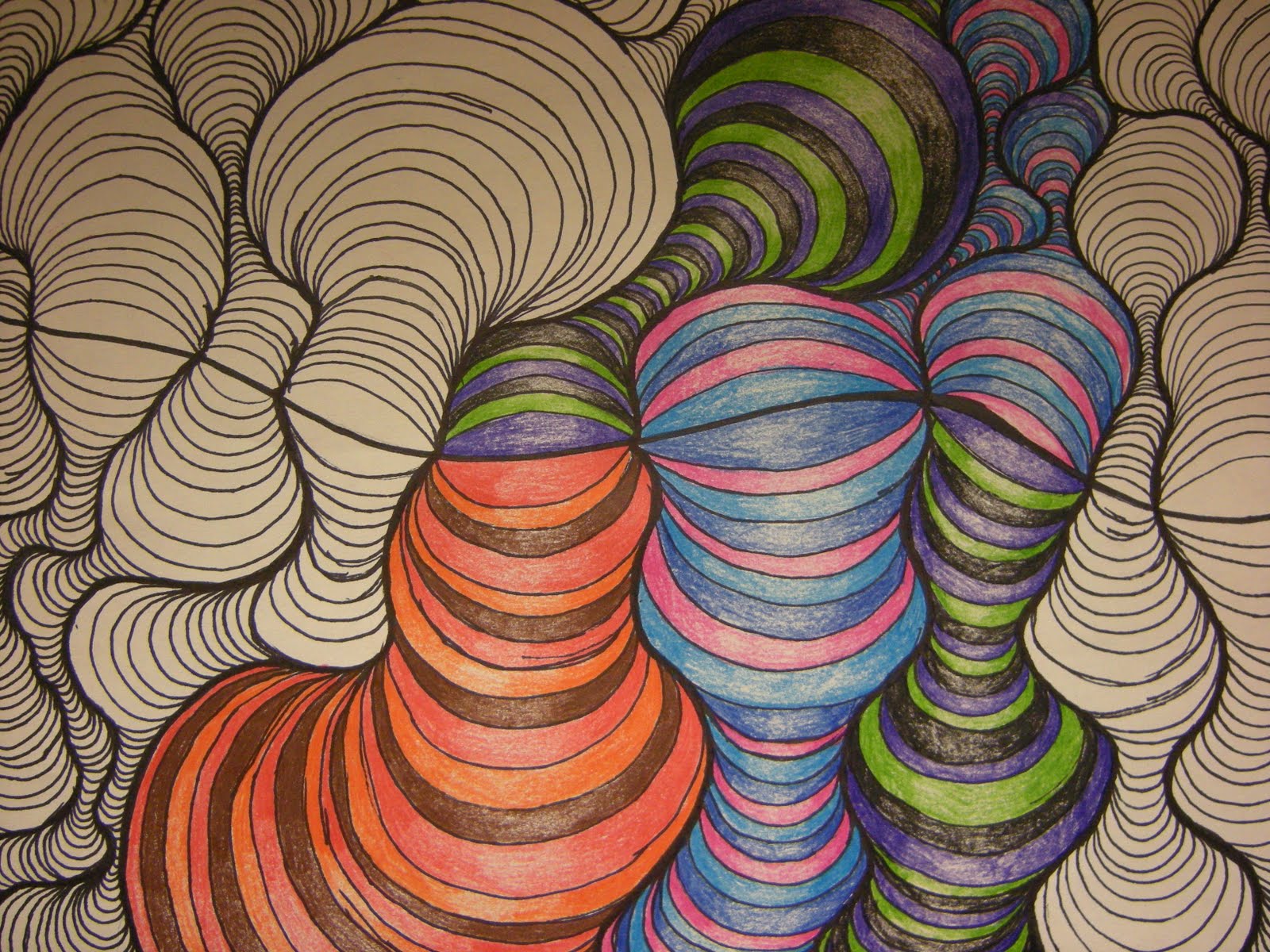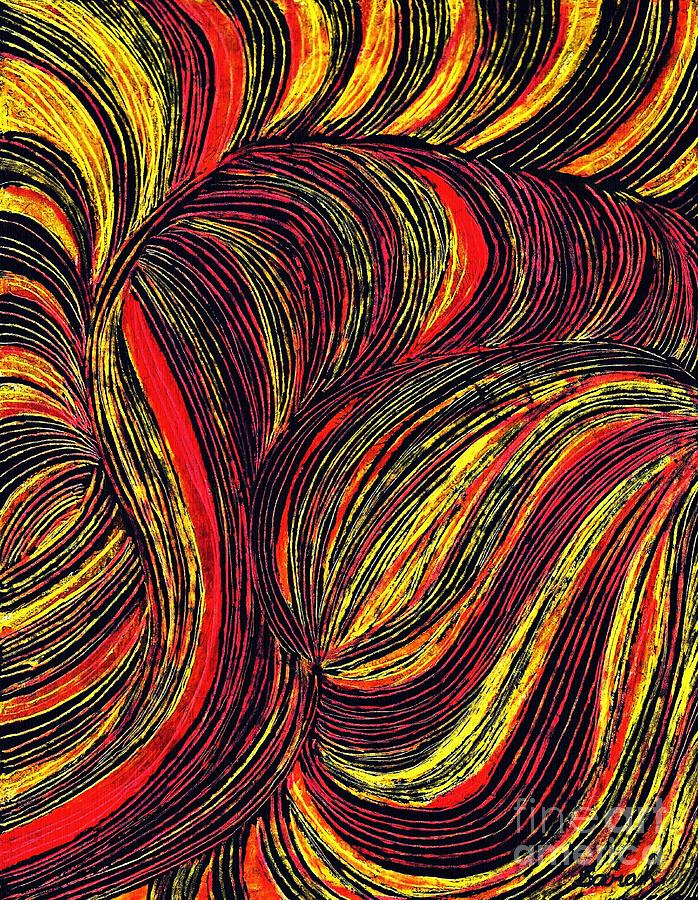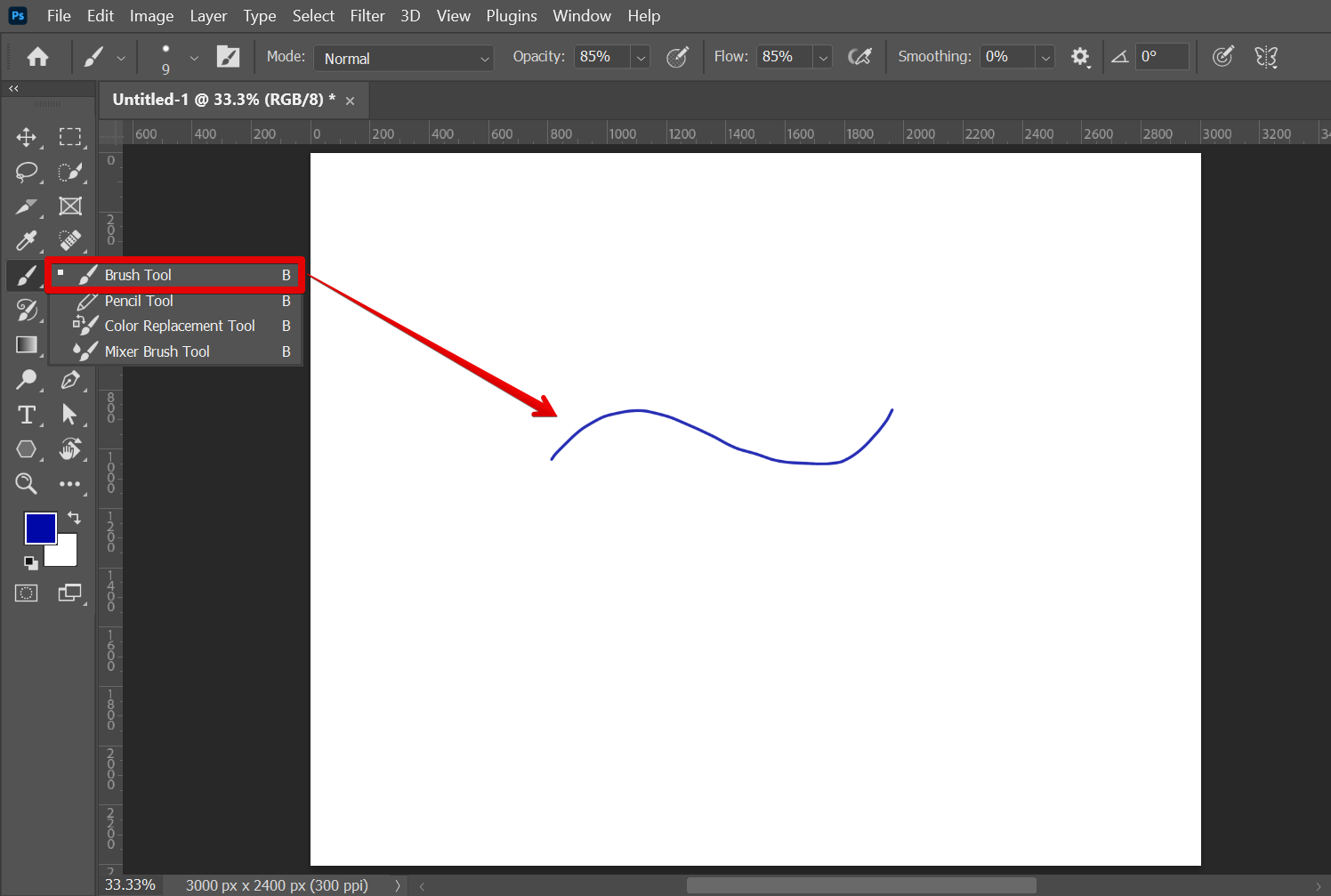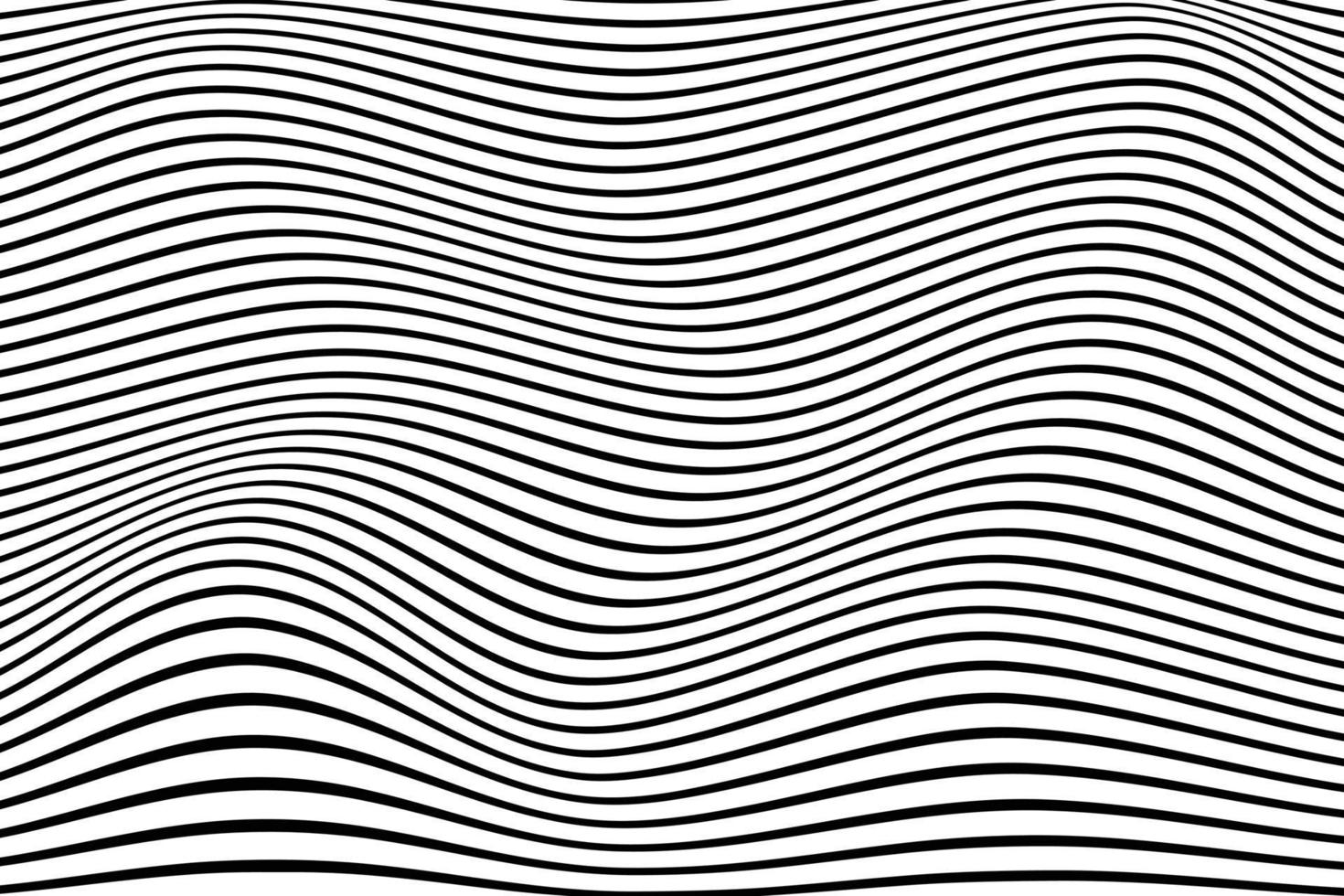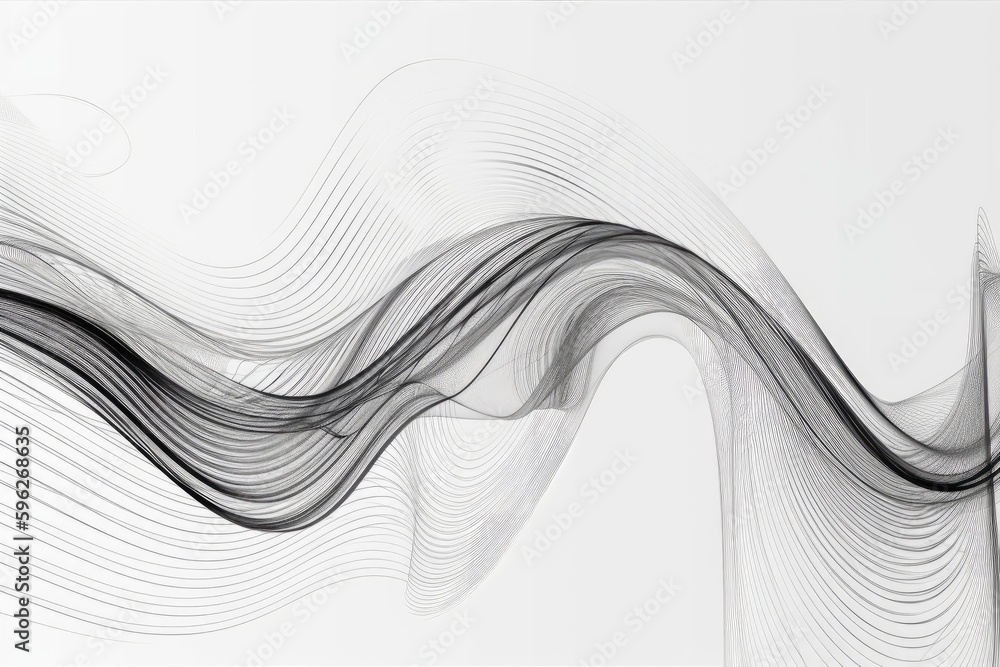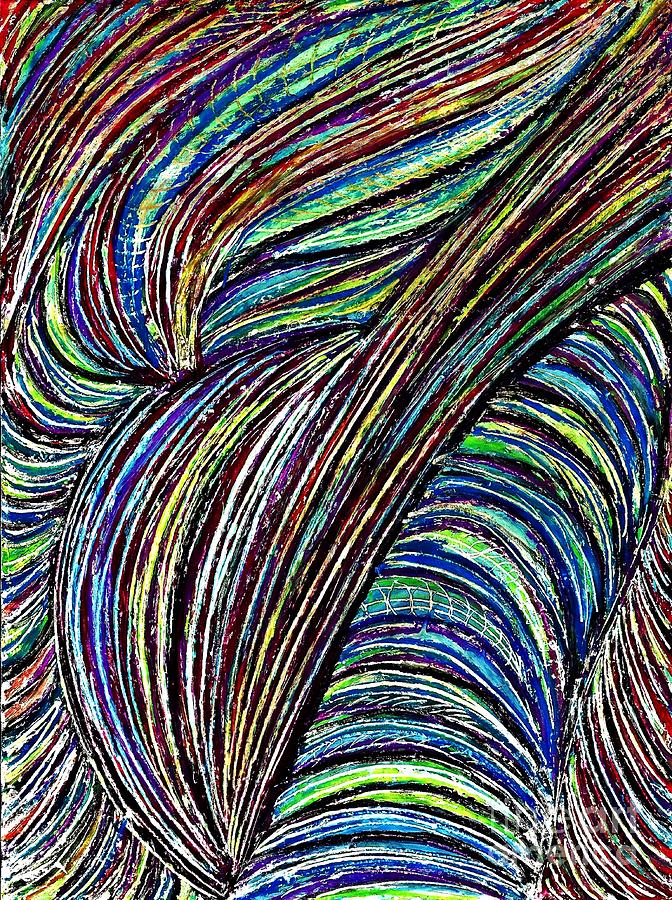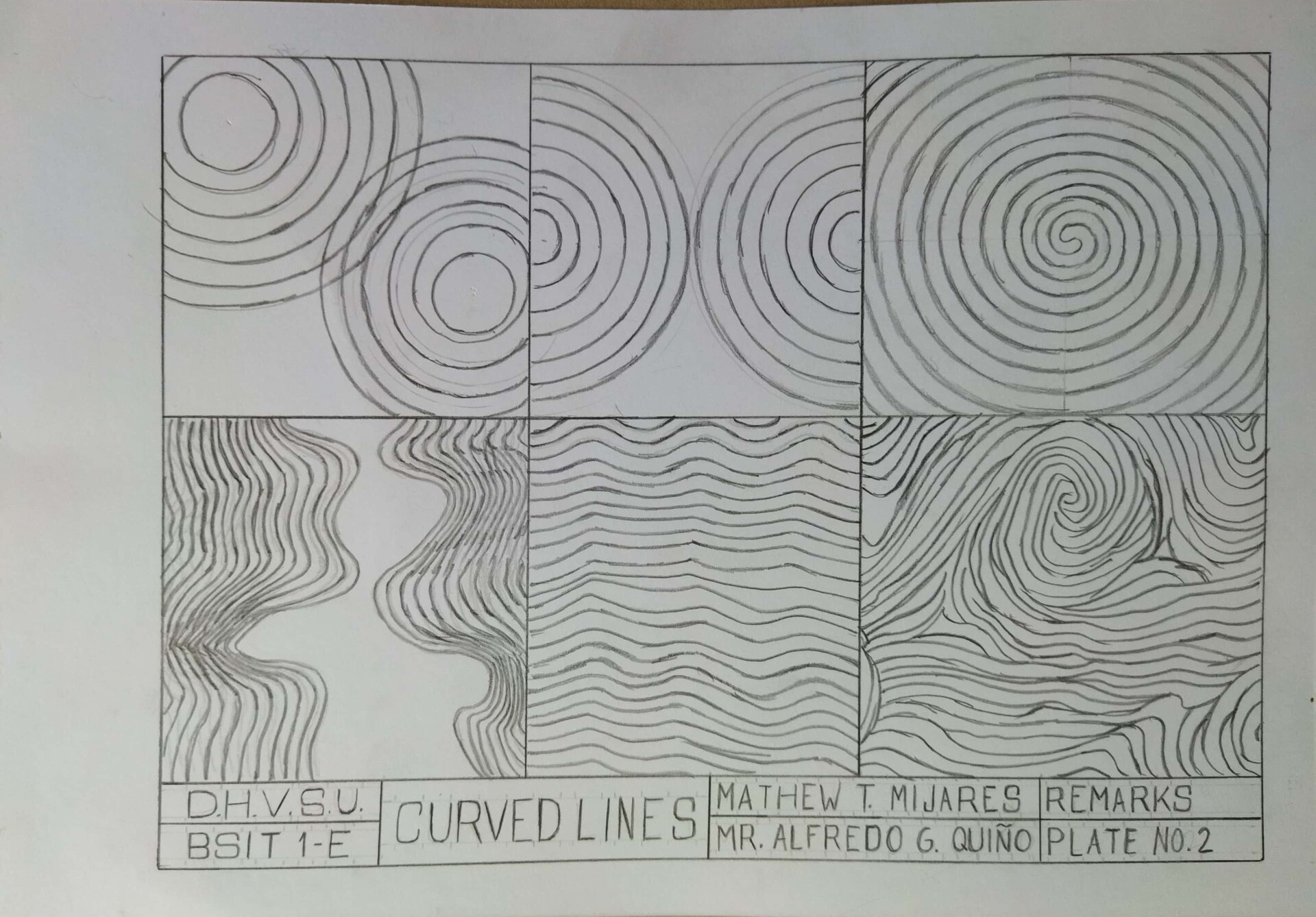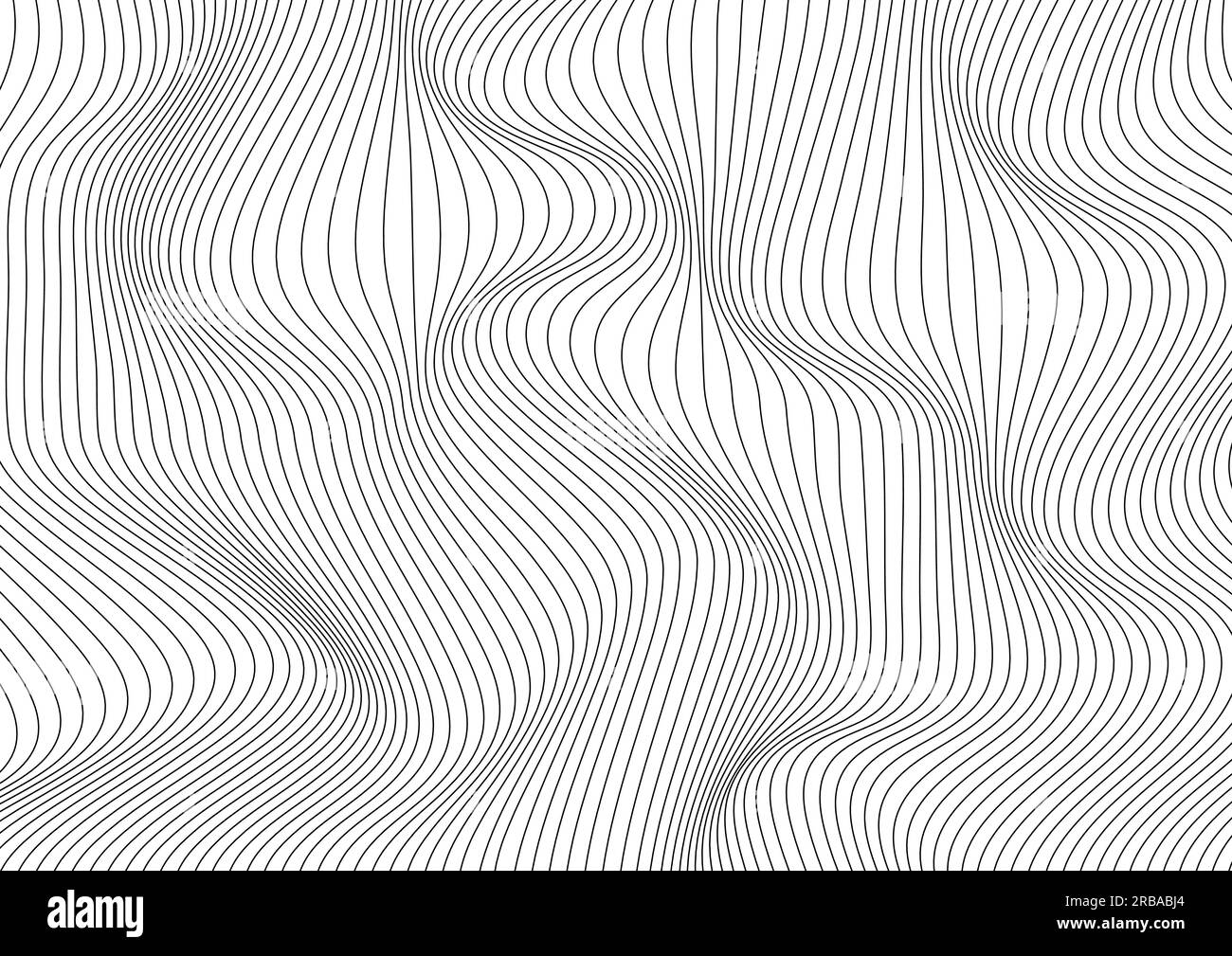Supreme Info About How Do You Describe Curved Lines In Art Matplotlib Line Chart Pandas

Curved lines communicate feelings of softness, elegance, and grace.
How do you describe curved lines in art. As an artist, most often, we use curves in our drawing. Curved lines change direction gently with no sharp angles and suggest comfort and ease to the viewer. It can be either wavy or spiral depending on the object.
This can be accomplished in a way that seems obvious or with subtlety. Line is a visual element in art. What are hatching and cross hatching lines?
Here are some examples of line drawings by pablo picasso and edgar degas. Line is a mark made using a drawing tool or brush. Why is the line the most important element of art?
Start creating masterpieces filled with alluring twists and turns that draw attention constantly towards considering them from every possible perspective. How to draw curved lines accurately | tips for the beginners. The most common types of lines in art are horizontal, vertical, diagonal, zigzag, curved, dotted, broken, spiral, and curly lines, among numerous other types.
A line can be thick, thin, vertical, horizontal, diagonal, curved or zig zagged. Curved lines represent the ease of nature, of sensation, and generally form the primary lines of our natural surroundings. Thick, thin, horizontal, vertical, zigzag, diagonal, curly, curved, spiral, etc.
In this article we’ll discuss how lines affect an artwork, the different types of lines in art, contour lines, gestures lines and how to achieve line variation! Curved lines are lines whose points don't follow the same direction, so they gradually change or bend. Sometimes one line can be all of those things.
If you look at this famous work by vincent van gogh, the first thing anyone notices is the swirls, curves, and spiral pattern. Actual lines are lines that are physically present, existing as solid connections between one or more points. Harnessing the power of lines in art composition.
Lines are used in art to represent edges, form and textures of an object. Lines that form gentle or flowing curves, conveying grace, softness, and organic forms. Wondering what are the types of line in art, their meaning and how to use them to your advantage as an artist?
Embrace the radiance of curved lines by introducing them into your artwork to breathe life and harness dynamic effects conveyed by art itself. You can create an image with just one line, or make it complex and detailed. Lines can be straight or curved (but for our purposes we are going to separate curved and straight lines, or rules.) lines imply a sense of movement because they connect points.
It can be just one slight turn or become wavy lines or even spiral. In the dürer print, the lines of the horses’ manes and tails, the figures’ hair, and the ruffled clouds are all organic. What are the different lines based on functions in art?






